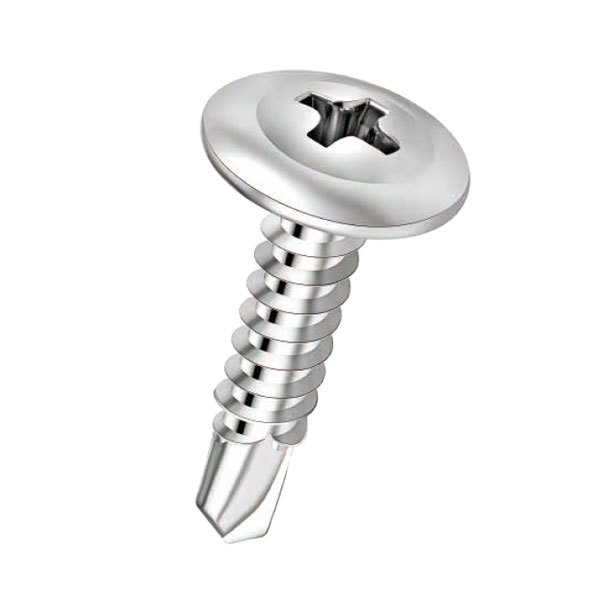Common Causes and Solutions for Drywall Screw Pops in Home Construction
Understanding Drywall Screw Pops Causes and Solutions
Drywall screw pops are a common issue in homes and commercial buildings that can lead to unsightly blemishes on walls and ceilings. These occurrences are not just cosmetic; they can indicate underlying problems with the building’s structure and installation practices. This article aims to explore the causes of drywall screw pops, identify manufacturers that provide quality solutions, and offer tips to prevent this issue from occurring.
What are Drywall Screw Pops?
Drywall screw pops are small bulges that protrude from a wall or ceiling where the screw head has pulled away from the drywall. This is often noticeable as a small round bump under the paint or tape that surrounds the screw. Though generally a minor issue, if left untreated, they can lead to further cracking and damage, making it essential to address the issue promptly.
Causes of Drywall Screw Pops
1. Temperature and Humidity Changes One of the primary causes of screw pops is the natural expansion and contraction of the building materials, which is influenced by temperature and humidity fluctuations. As changes occur, drywall can shift, causing screws to pull free from their snug placement.
2. Improper Installation Screws that are either overdriven or improperly installed can contribute significantly to screw pops. If the screw drives too deep, it can compromise the integrity of the drywall’s surface and lead to popping over time.
3. Movement of the Building Structure Buildings settle over time due to various factors, including soil movement and temperature changes. This structural movement can stress the drywall and pull screws loose, creating pops in the surfacing material.
4. Lack of Adhesive In wall construction, drywall is often attached to wooden or metal studs using screws. If drywall adhesive is not used, it may not hold the drywall panels as securely, exacerbating the issue of screw pops.
5. Poor Quality Materials The quality of the drywall and screws themselves plays a significant role. Low-quality materials may corrode or weaken over time, leading to screw pops.
Manufacturers and Solutions
drywall screw pops causes manufacturers

Numerous manufacturers offer materials to minimize and repair drywall screw pops. Well-known brands such as USG, Georgia-Pacific, and CertainTeed provide high-quality drywall products that are designed to withstand movement and changes in temperature. These manufacturers also produce specialty screws that feature deeper threads for better grip, helping to reduce the incidence of screw pops.
For repairs, products like joint compound and texture sprays are recommended for smoothing out the obvious blemishes left by screw pops. Furthermore, using drywall adhesive in combination with screws during installation can greatly increase the longevity and stability of the drywall application.
Preventative Measures
To avoid drywall screw pops, consider the following best practices
- Ensure proper installation techniques Use a drywall screw gun with adjustable depth settings to prevent overdriving screws. A good practice is to set screws just below the surface of the drywall without breaking the paper.
- Select quality materials Investing in high-quality drywall and screws designed for specific environments can significantly reduce the risk of screw pops.
- Maintain stable indoor conditions Using humidifiers or dehumidifiers can help control moisture levels within a home, thereby reducing the potential for expansion and contraction of drywall.
- Apply drywall adhesive Using adhesive alongside screws can create a more stable bond, reducing movement and stress on the drywall.
Conclusion
Drywall screw pops can be an annoying nuisance, but understanding their causes and knowing how to prevent and repair them can help homeowners maintain the integrity and aesthetics of their walls. By choosing quality materials and employing best practices during installation, it’s possible to minimize the likelihood of this common problem.
-
Top Choices for Plasterboard FixingNewsDec.26,2024
-
The Versatility of Specialty WashersNewsDec.26,2024
-
Secure Your ProjectsNewsDec.26,2024
-
Essential Screws for Chipboard Flooring ProjectsNewsDec.26,2024
-
Choosing the Right Drywall ScrewsNewsDec.26,2024
-
Black Phosphate Screws for Superior PerformanceNewsDec.26,2024
-
The Versatile Choice of Nylon Flat Washers for Your NeedsNewsDec.18,2024










